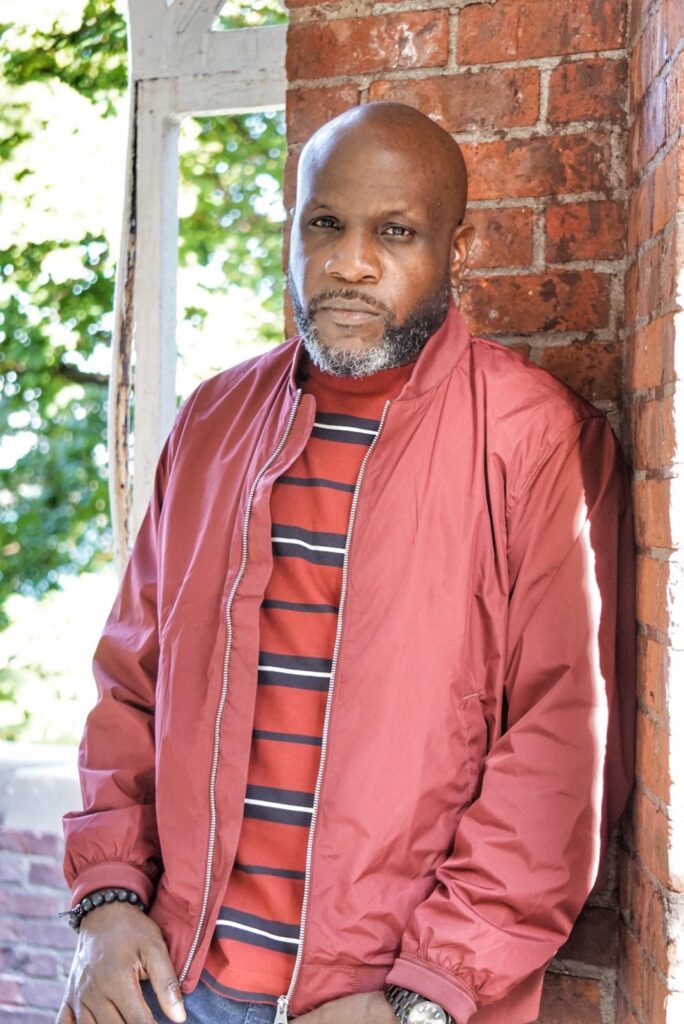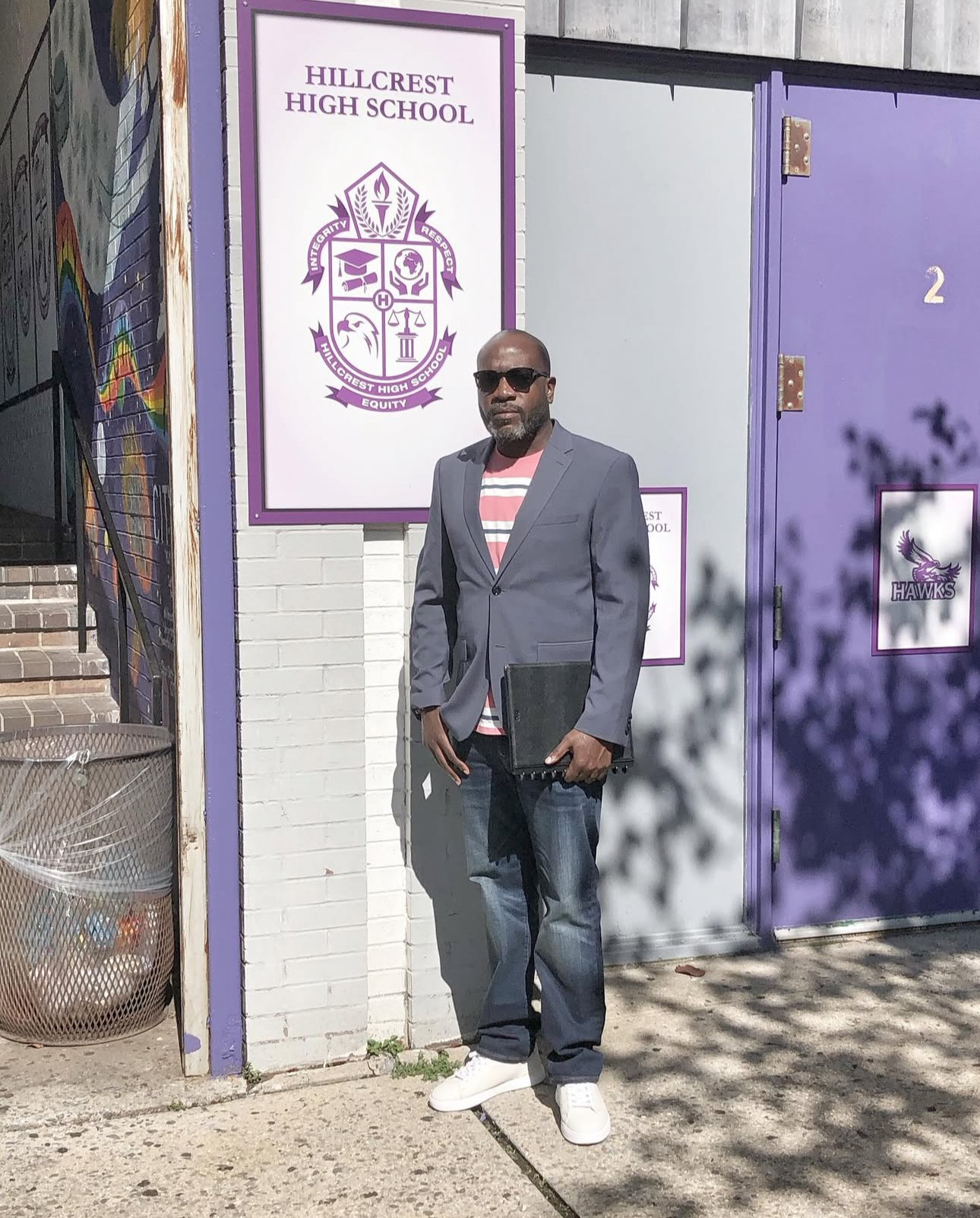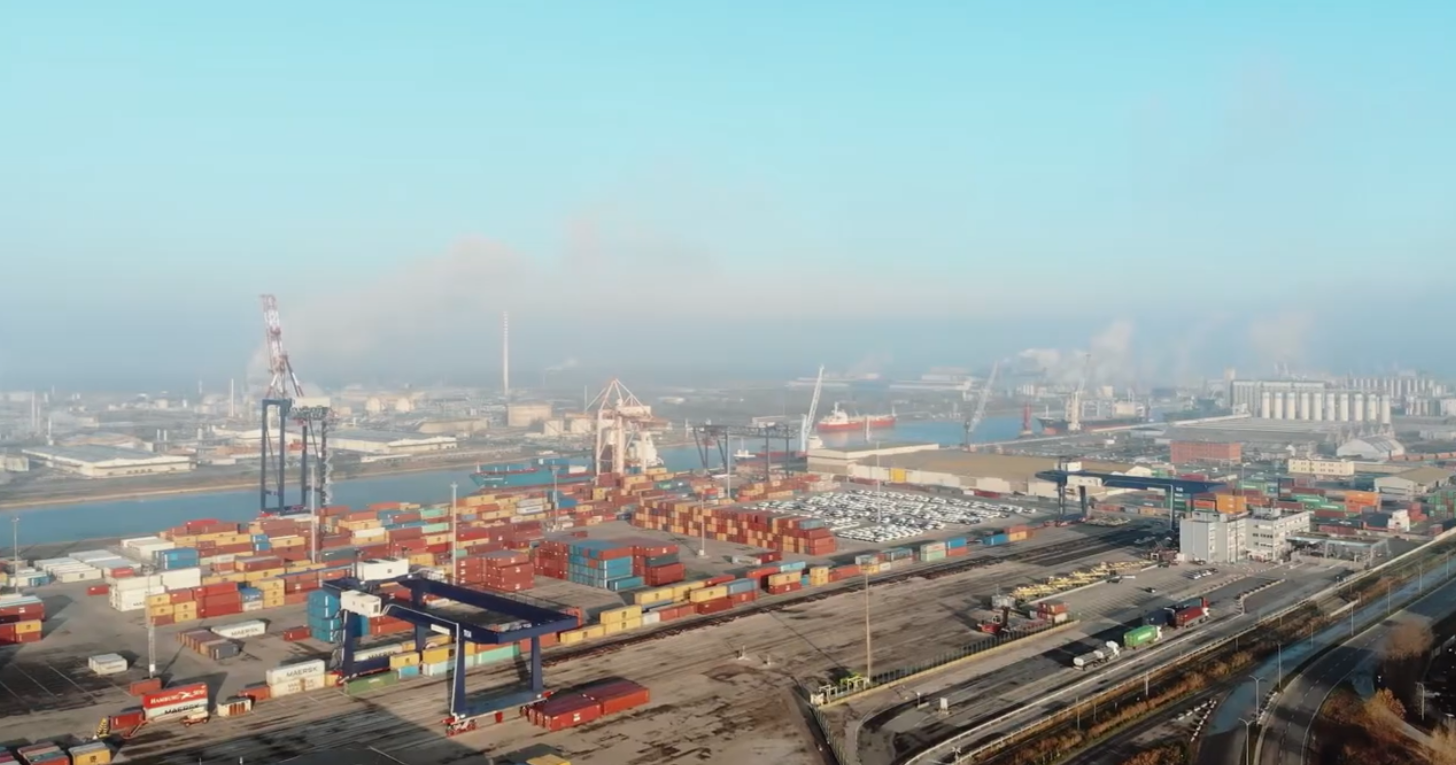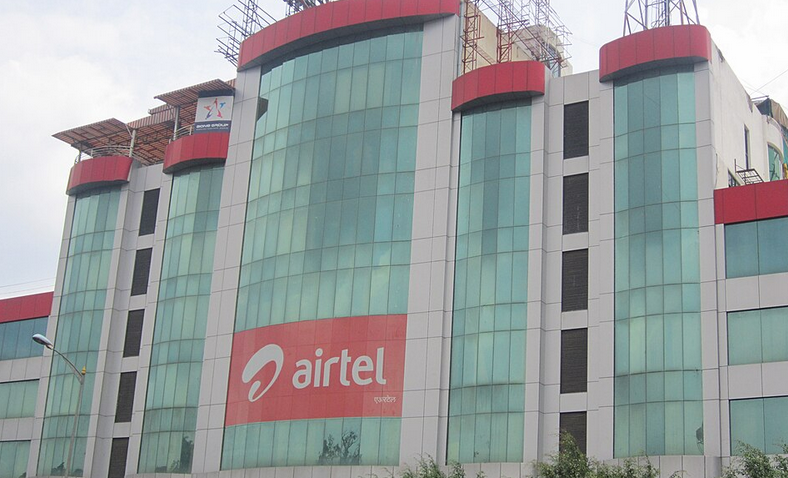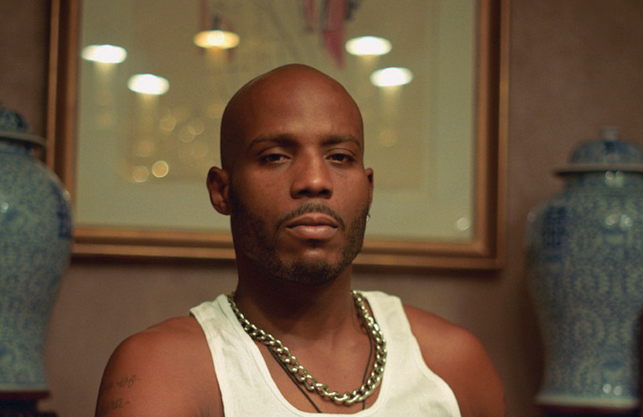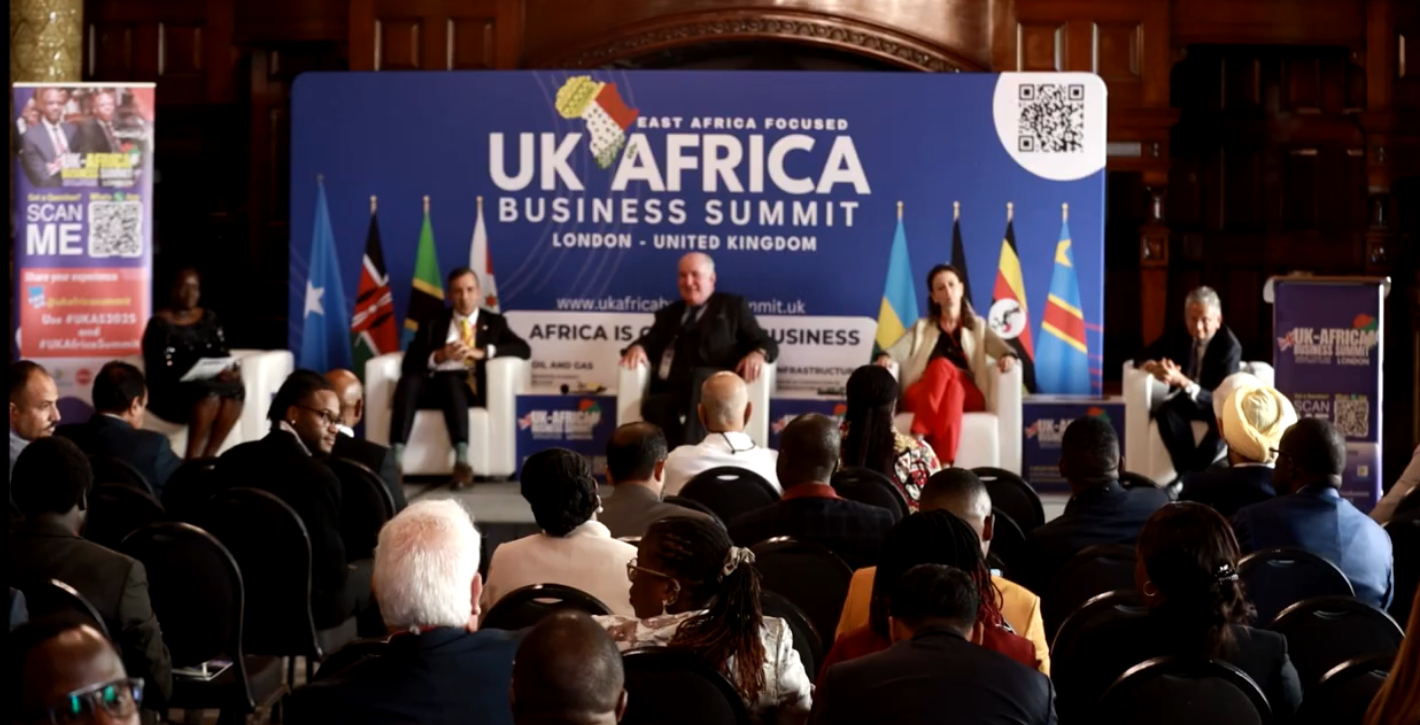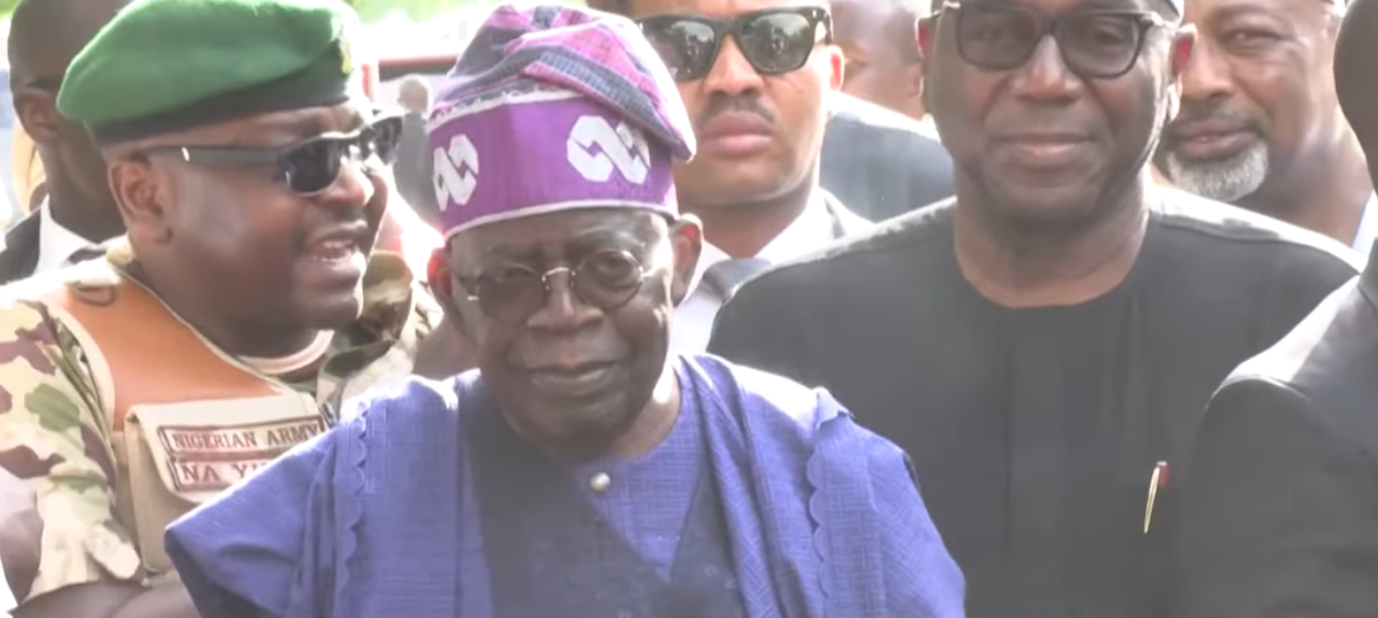By Edwin Freeman
Special To The Black Star News
Photos: Edwin Freeman
In an era where educational innovation meets social consciousness, the launch of Hip-Hop Harmony—a groundbreaking social emotional learning program—in New York City schools marks a significant milestone in 2025. The program, which I developed to bridge cultural expression with emotional intelligence, will debut at my alma mater, Hillcrest High School in Jamaica, Queens, before rolling out citywide.
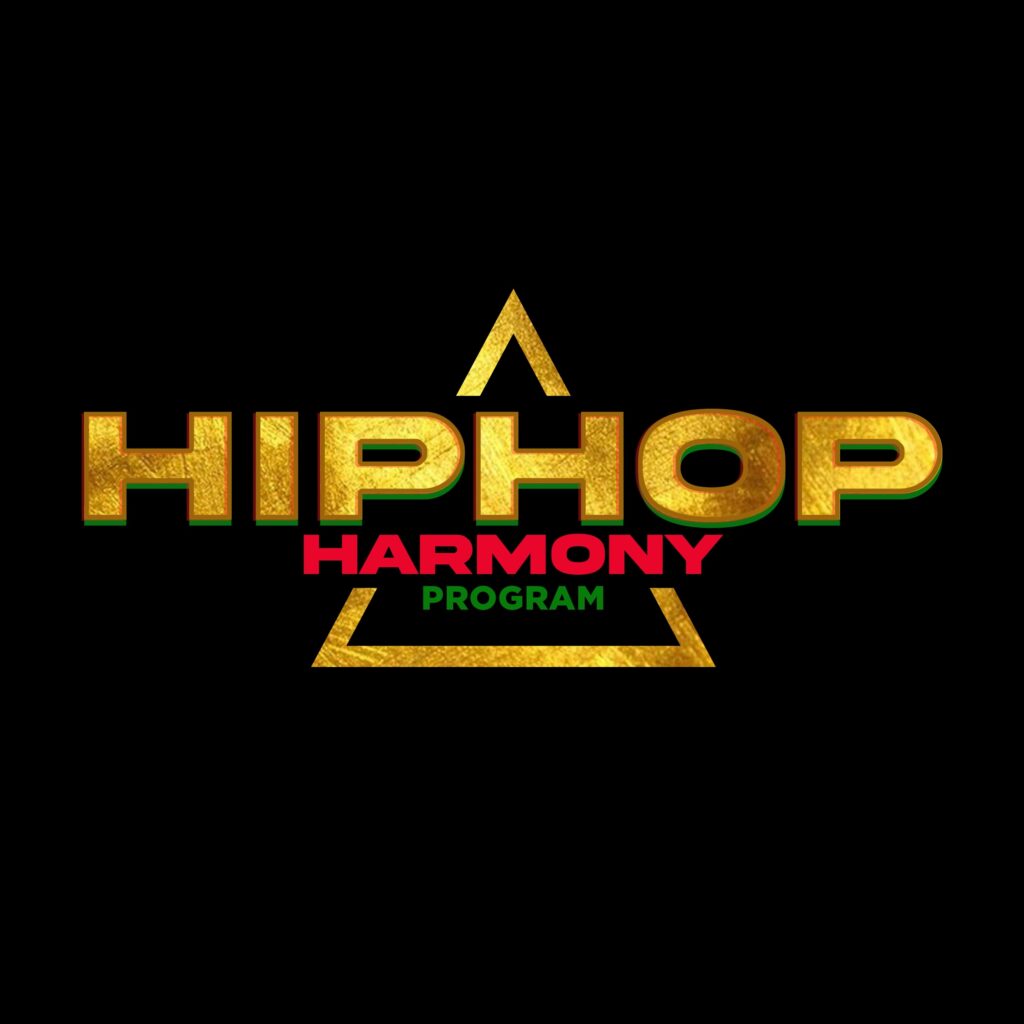
This initiative represents the latest chapter in my lifelong journey with art, which began in the hallways of P.S. 15 Queens Jackie Robinson School. There, I discovered art’s ability to connect, inspire, and transform – from creating monthly newsletter covers to designing school assembly programs and yearbooks. One of my proudest early moments was presenting a life-sized drawing of Jackie Robinson to his widow, Rachel Robinson, in a touching ceremony that showed me how art could bridge generations and honor legacies.
The seeds of artistic advocacy were planted early when I won a citywide Fire Safety contest held by the New York Fire Department, receiving recognition from Mayor Ed Koch in 1988. Having my work displayed at the Queens Museum of Art in Flushing reinforced my belief in art’s power to reach beyond traditional boundaries. These early experiences shaped my understanding of how art could impact communities and inspire change.
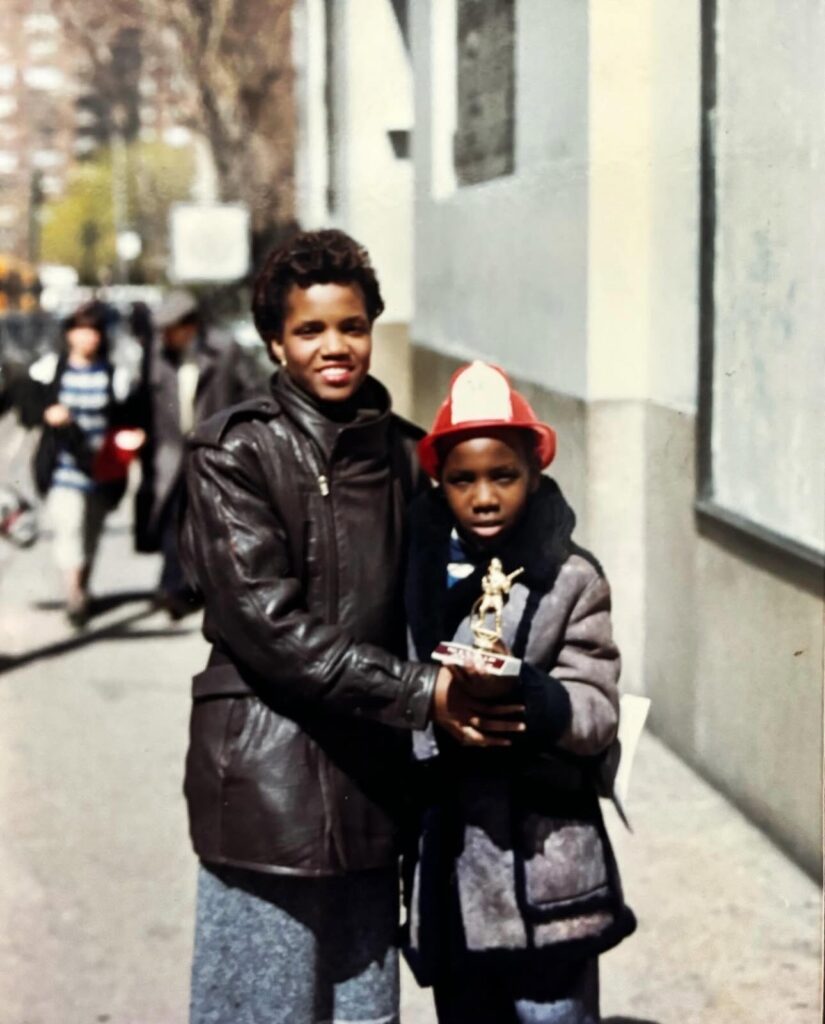
As my creative path evolved, I pursued acting, appearing in the 2009 blockbuster “Notorious” and Marvel’s “Luke Cage” (2016). These experiences in different artistic mediums have only strengthened my conviction that art transcends mere aesthetic pleasure to become a powerful catalyst for social transformation. Throughout my years of working with artists and communities, I’ve seen art emerge as one of humanity’s most potent tools for advocacy and change.
The Hip-Hop Harmony program embodies this belief, utilizing the universal language of hip-hop to help students navigate complex emotional landscapes while building community and understanding. This innovative approach demonstrates how art speaks when words fail us. It penetrates hearts and minds in ways that statistics and speeches cannot. When students engage with hip-hop as both an art form and an emotional outlet, they don’t just learn—they transform.
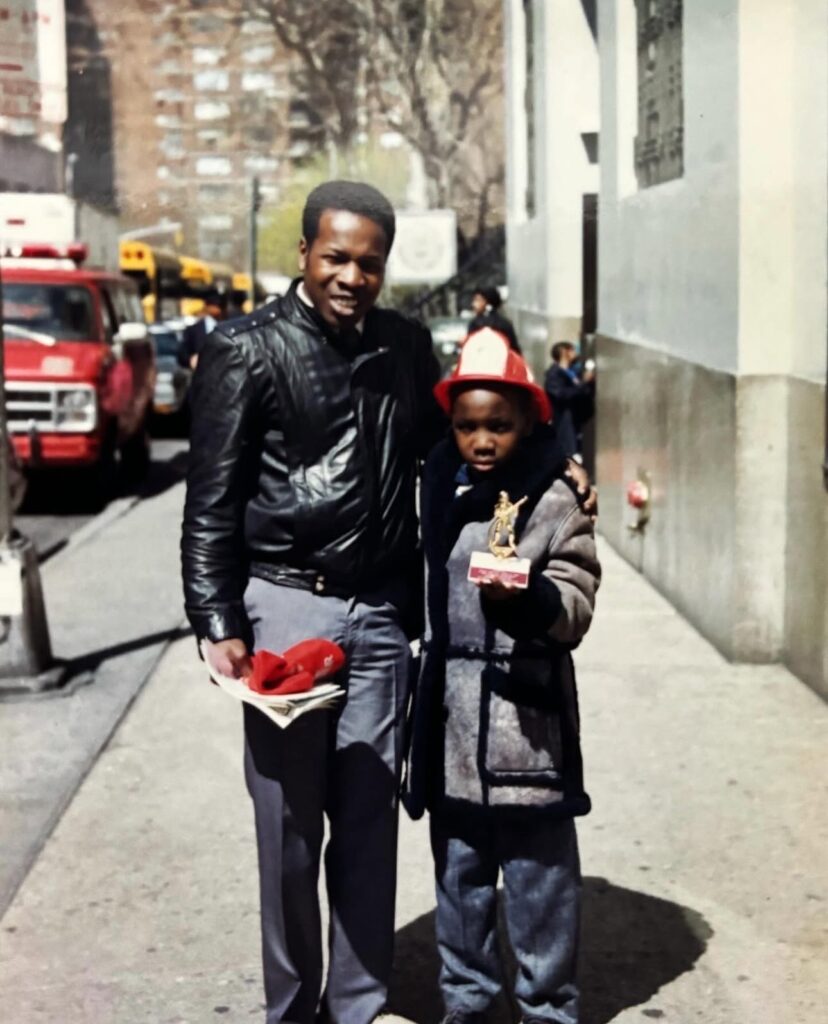
The true magic of art lies in its ability to unite communities around shared causes while providing healing spaces for those who have been marginalized or hurt. I’ve watched as public murals became rallying points for neighborhood renewal, and how collaborative art projects gave voice to those who had been silenced. Hip-Hop Harmony builds on this tradition, creating safe spaces for students to express themselves while building emotional resilience.
Perhaps most importantly, art challenges us to confront uncomfortable truths about social injustice. It demands that we see, feel, and respond. Through powerful storytelling techniques, artists make complex societal issues deeply personal and impossible to ignore. They help us examine our relationship with the natural world and with each other in ways that can fundamentally shift our perspective.
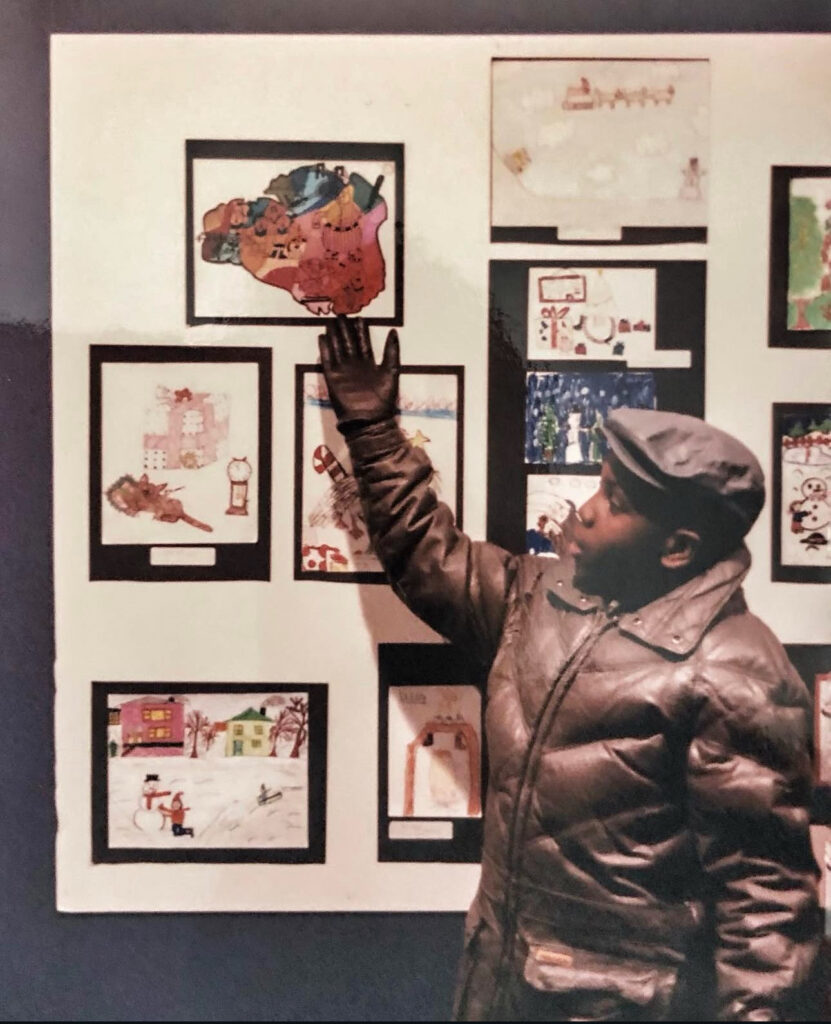
As we face unprecedented global challenges, art’s role in advocacy has never been more crucial. It remains our most human way of processing difficult truths and imagining better futures. From those early days drawing at P.S. 15 to my current role leading The Freeman Foundation and launching Hip-Hop Harmony, I have lived the transformative power of art. The Freeman Foundation stands committed to supporting artists and programs that dare to create work that not only moves us aesthetically but moves us to action.
Edwin Freeman is the Founder of The Freeman Foundation for the Arts, an actor, artist, and creator of the Hip-Hop Harmony program.
